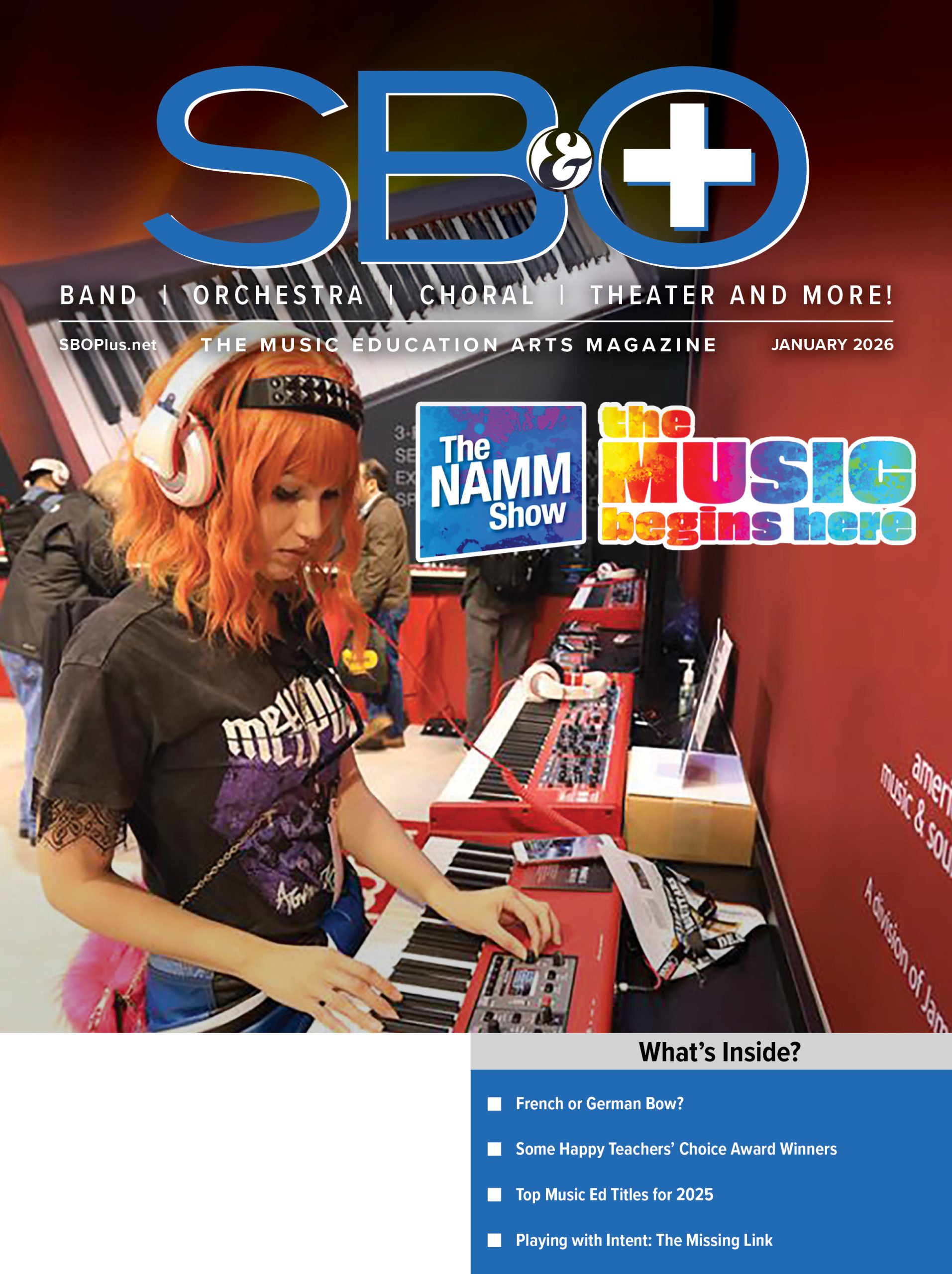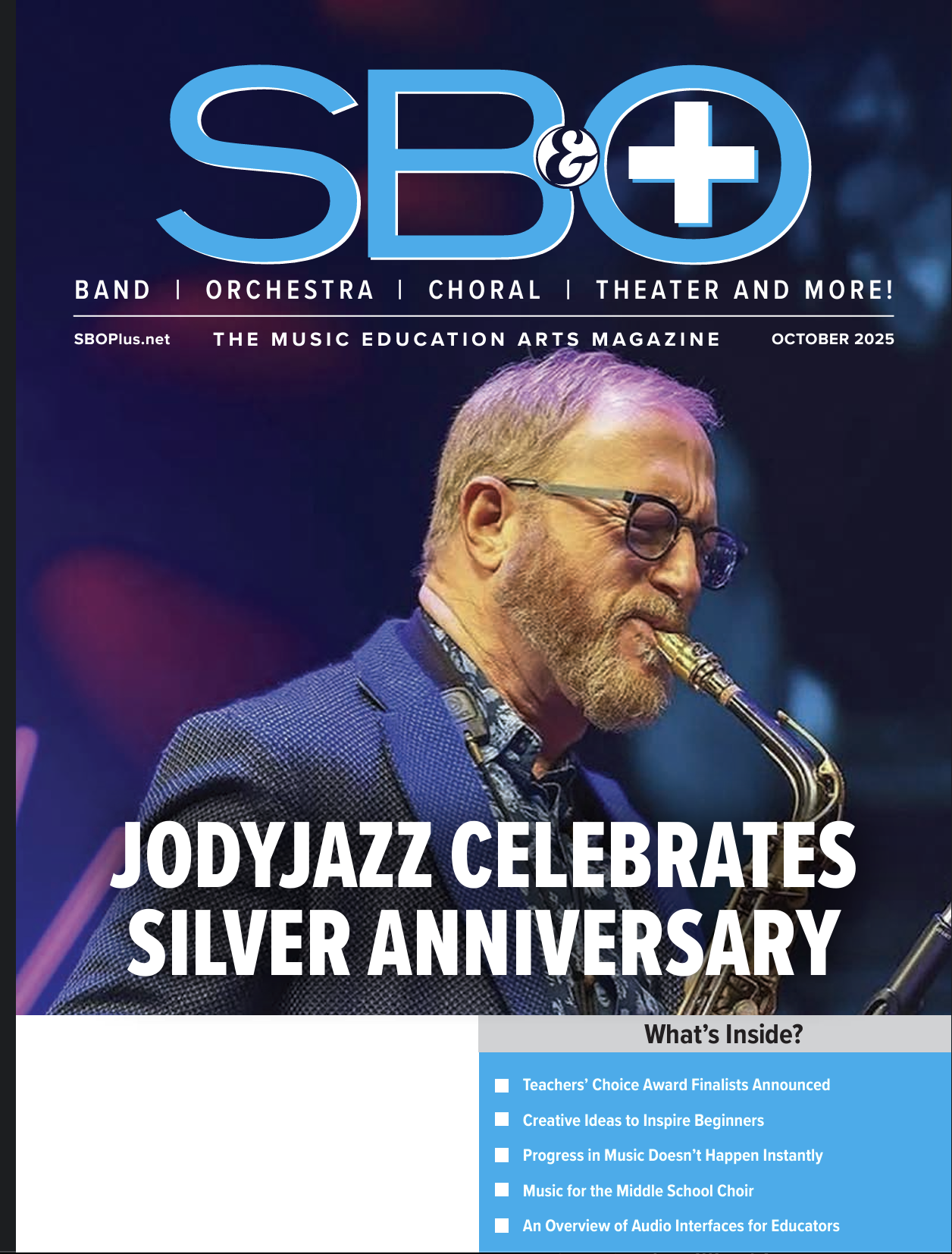 A director addresses their students:
A director addresses their students:
“Brass, let’s articulate some eighth notes: Ta ta Ta ta Ta ta Ta ta! 1! 2! 3! 4!”
Perhaps there is a stray misfire here or there, but the results are quite pleasing! The director then draws their attention to the woodwinds:
“Y’all are next! Ta ta Ta ta Ta ta Ta ta! 1! 2! 3! 4!”
A curious mix of squawks, poor attacks, and slap-tongues emerges from the flutes, clarinets, saxophones, and double reeds! What on earth happened!?
Each of the woodwinds has its own highly diverse performance practices. For the most part, “TA” is an effective articulation syllable for young brass players. However, this rarely works with woodwinds. Rather, a different approach should be taken with each instrument to help ensure the best results.
What Is Articulation?
We are all perhaps guilty of thinking about sound originating with the articulation on wind instruments. However, does it really? With a bit of reflection, it is clear the articulation is only capable of stopping sound, not starting it. The tongue touches the reed, inhibiting vibration, or (in the case of the flute) touches the hard palate, acting as a dam, holding the airstream back from the aperture. Air, and only air, is capable of initiating sound on a wind instrument. The tongue can only truly stop a pitch from sounding, or, perhaps, the articulation can also aid in shaping the end of a note.
Fundamentals
It is our position that nearly all articulations should be actions of the tongue, not the airstream. The tongue is an incredibly efficient muscle: It strikes inside of our mouths thousands of times a day to help shape every consonant that we utter. It is very well-suited to the task of articulating for wind instruments. By contrast, the respiratory system is a mind-bogglingly complex system of organs and muscles, designed to take in oxygen and release carbon dioxide. Yet, all too many wind instrumentalists subconsciously (or some, perhaps, intentionally) try to separate notes by turning the airstream on and off. Even more instrumentalists accidentally try to articulate using a combination of tongue and air. This is far too convoluted, and often leads to poor, inconsistent results in performance.
Except for a few of the most separate jazz articulations (or perhaps a marcato/staccatissimo combination), the airstream should not be turned “on and off” for an articulation. Rather, a consistent airstream should constantly be flowing (“blowing whole-notes” in our classroom terminology), while the tongue stops the sound in the manners described below. This technique will result in a full, rich, resonant sound, no matter the artic-
ulation style.
A note of caution for the teacher of beginning wind players. Many popular method books introduce articulation, in the form of repeated quarter notes, at an extremely early stage in development. Indeed, some methods leap to this new concept when many players are still struggling with switching fingerings while retaining a constant stream of air. To ensure quality articulation in future playing, it may be a good idea to use legato exercises with the initial pitches and delay the introduction of articulation until the concept of a full and uninhibited airstream is second nature to most students.
Articulation vs. Accent
We often think of articulations and accents as going together. However, these two tools often serve very different musical purposes. Accents, in general, emphasize a musical point, whereas an articulation provides shape and definition to a line. These two categories can also be approached differently in practice. An articulation (whether legato, staccato, or somewhere in-between) is a function of the tongue (or lack of the use thereof). An accent is a function of the airstream.
Think of performing on a wind instrument. How do you truly play an agogic accent (an agogic accent is when a note is emphasized by being longer in duration than the other notes around it)? By articulating harder? Of course not! An accent is the result of a small increase (or “explosion”) in the intensity of an otherwise constant airstream. This can be achieved either in conjunction with the tongue, or without the tongue present at all. Similarly, the marcato pairs this airstream explosion with the articulation of a staccato. A tenuto is a slight increase in the volume of air used through the course of a note.
If articulations are just the tongue stopping a moving airstream from vibrating the column of air in the instrument for a moment, what more, then, must we consider? Of course! The particulars for each instrument. In the next installment we’ll cover specifics for each woodwind instrument




























